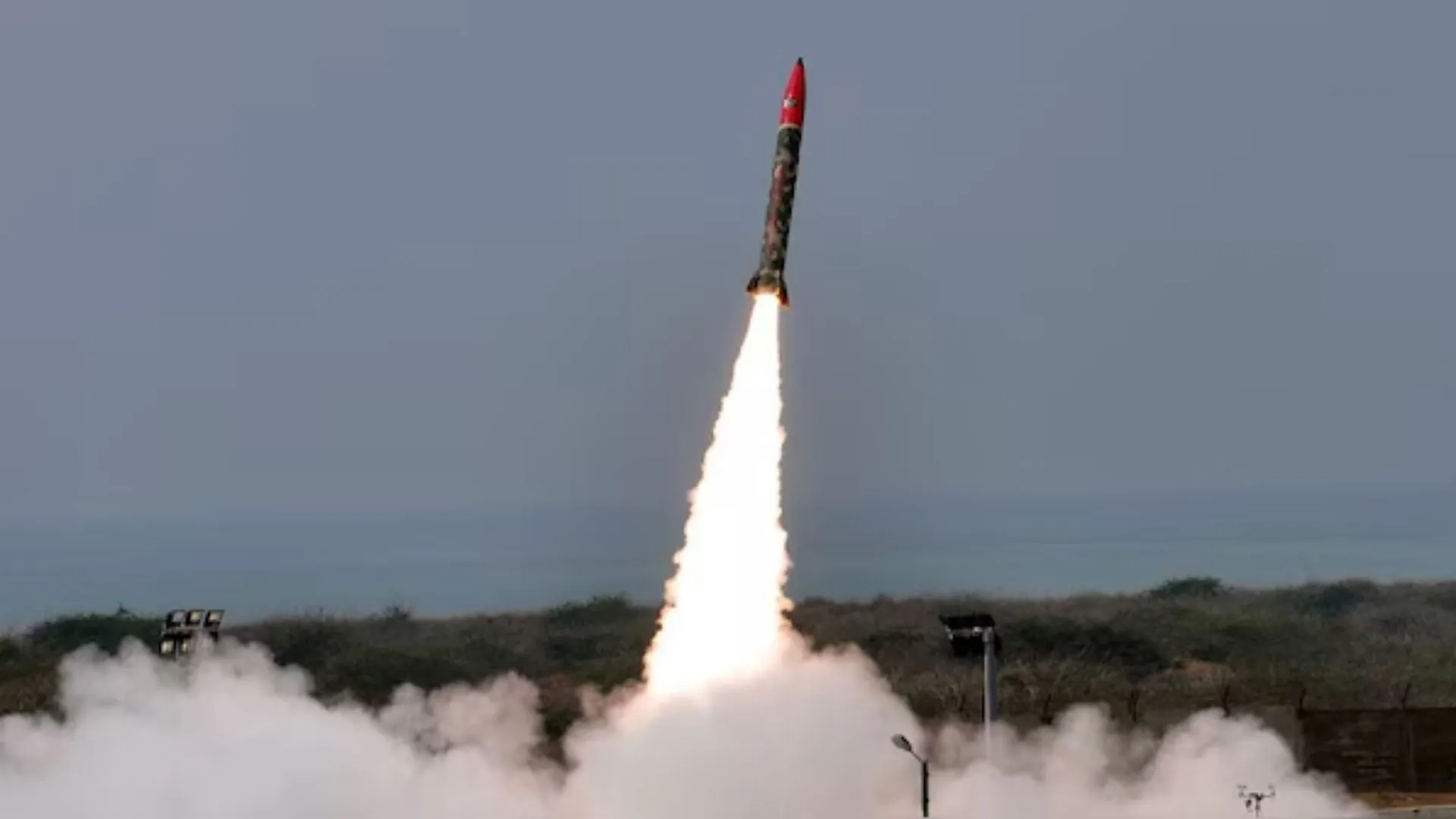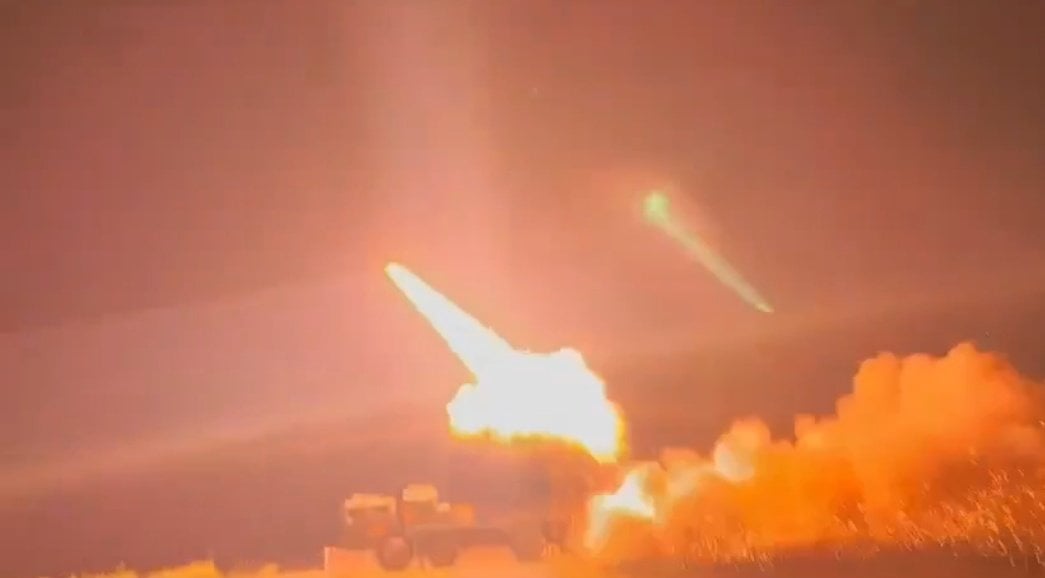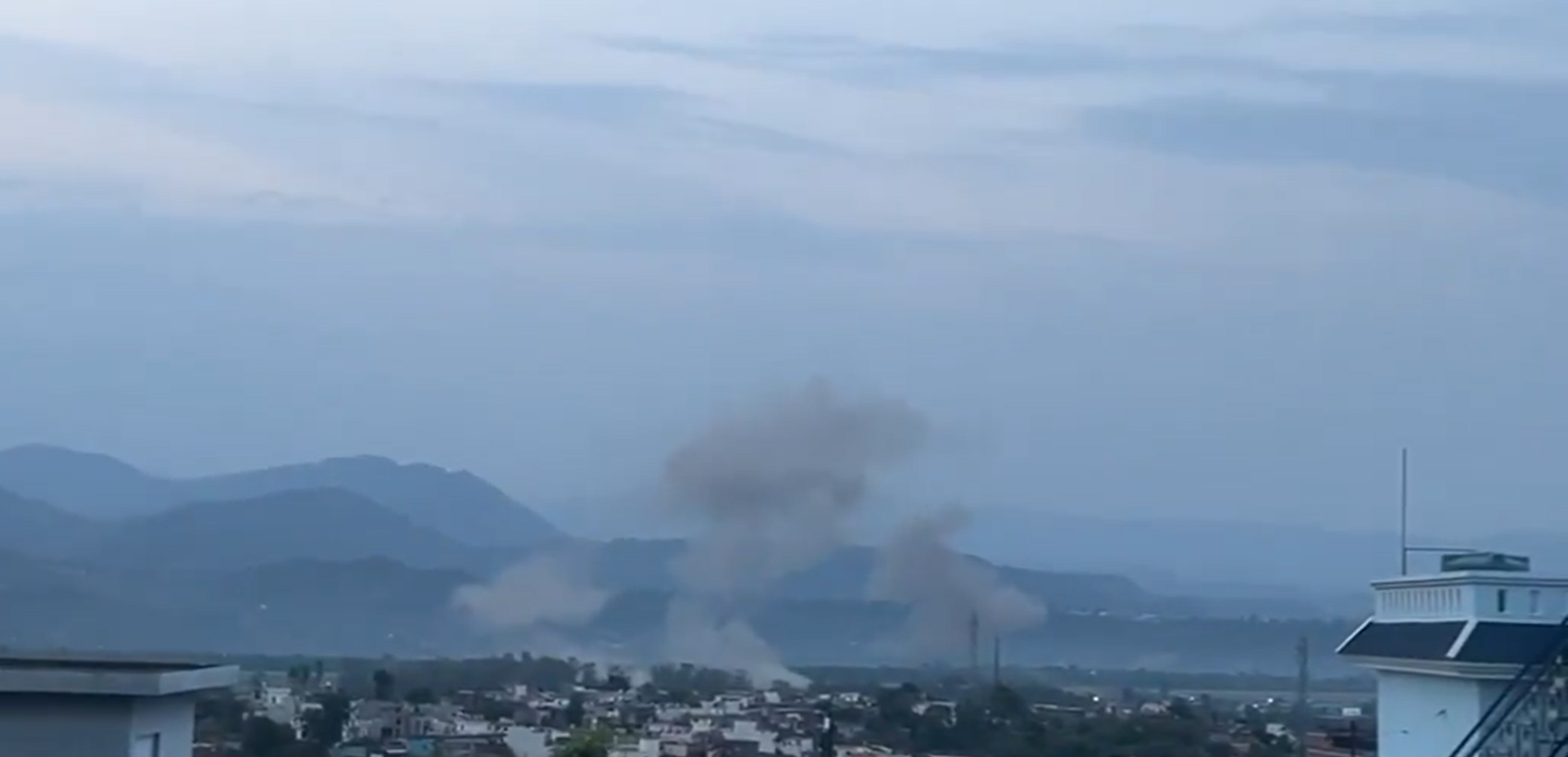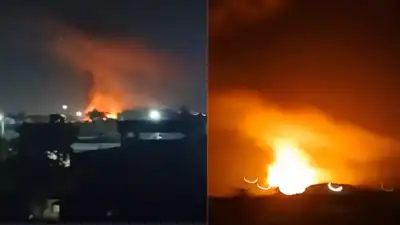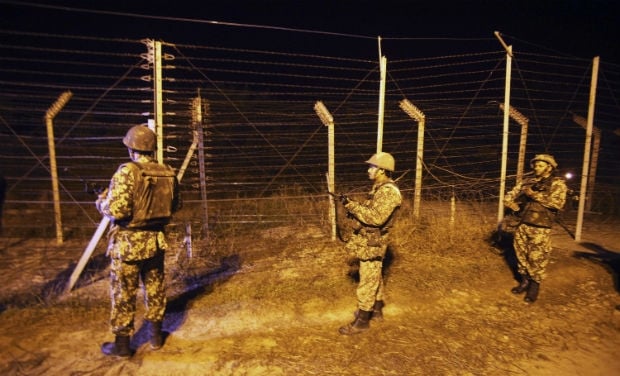India Successfully Intercepts Pakistani Fatah-1 and Fatah-II Missiles
In a critical development amid rapidly escalating military tensions, Indian air defense systems successfully intercepted a volley of Fatah-1 and…
Indian Air Defence Intercepts Possible Capital Attack Taking Down Pakistani Missile Over Sirsa, Haryana
In a significant development amid rising hostilities, India’s Air Defence system successfully intercepted a suspected Pakistani missile over the town…
Pakistan Launches Operation Bunyan-un-Marsoos: Fatah Missiles Being Released Towards Indian Territories
The longstanding conflict between India and Pakistan has reached a critical flashpoint as both countries engage in a dangerous exchange…
Explosion Heard Near Udhampur Air Station As Pakistani Missile Lands on Empty Ground With No Damage Reported
A powerful explosion shook the Dibber area of Udhampur on Saturday, sending thick plumes of smoke into the sky and…
India Destroys Seven Pakistani Air Bases
Pakistan has officially shut down its airspace and suspended all flight operations following missile strikes on three strategic air bases…
MoD says Pakistani Drones Sighted at 26 Locations along Internatinal Border and LoC
Border tensions between India and Pakistan have intensified sharply as a surge of drone activity, including armed incursions, was reported…

